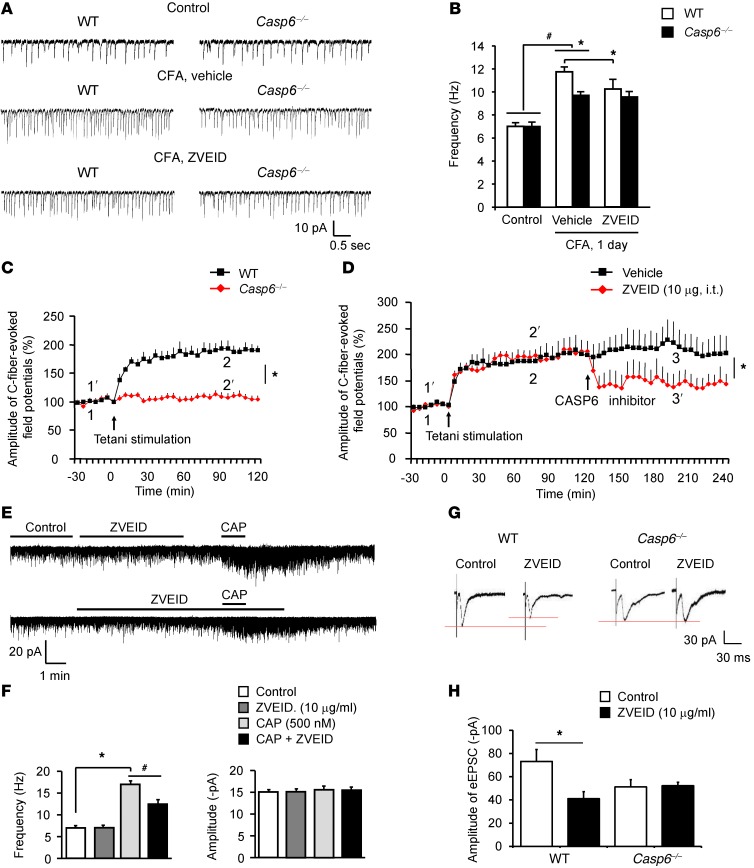Figure 9. Endogenous CASP6 is essential for inducing spinal cord synaptic plasticity in spinal cord slices and LTP in spinal cord of anesthetized mice.
(A) Traces of sEPSCs in lamina IIo neurons of spinal cord slices of WT and Casp6–/– mice before and after CFA inflammation (1 day). (B) Frequency of sEPSCs in WT and Casp6–/– mice before and after CFA inflammation and the effects of the CASP6 inhibitor ZVEID. Note the impairment of CFA-induced sEPSC but not the basal sEPSC increases in Casp6–/– mice. Also note the inhibition of sEPSCs after CFA inflammation by ZVEID in WT but not Casp6–/– mice. *P < 0.05, n = 5–6 neurons. (C) Tetanic stimulation (100 Hz, 1 second, 4 trains, 10 second interval) induces LTP of C-fiber–evoked field potentials in the dorsal horn of anesthetized WT mice but not in Casp6–/– mice. *P < 0.05 (2-way ANOVA, n = 5 mice). (D) Reversal of LTP of C-fiber–evoked field potentials in the dorsal horn of anesthetized mice by the CASP6 inhibitor (10 μg, i.t.), administered 2 hours after LTP induction. *P < 0.05 (2-way ANOVA, n = 5 mice). (E) Traces of sEPSCs before and after capsaicin (CAP) treatment (0.5 μM) and the effects of ZVEID (10 μg/ml). (F) Frequency and amplitude of sEPSCs recorded in E. *P < 0.05, n = 5–6 neurons. (G) Traces of eEPSCs following dorsal root stimulation and the effects of the CASP6 inhibitor in WT and Casp6–/– mice. (H) Amplitude of eEPSCs. Note that the CASP6 inhibitor loses its effects in Casp6–/– mice. *P < 0.05, n = 5–15 neurons.

